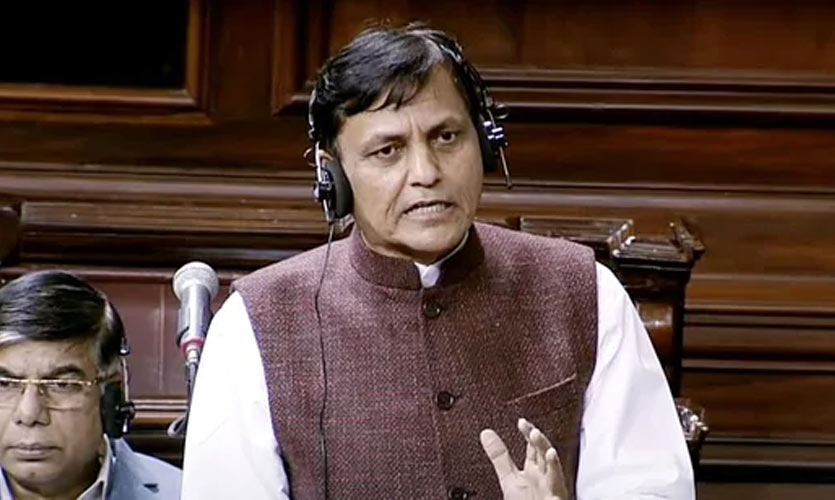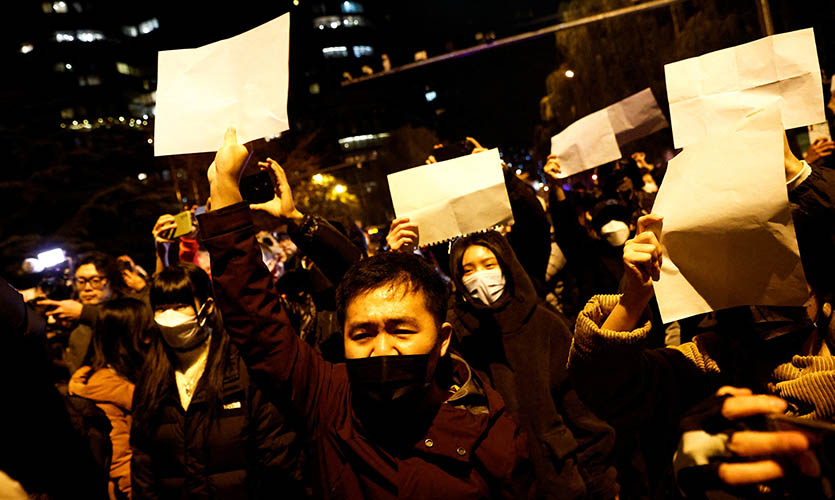In its first revelation on the matter, the central government said on Wednesday that more than 8,000 people committed suicide due to financial crises in 2020 – when the first wave of COVID-19 resulted in an unprecedented lockdown, disrupting the economy and normalcy of business. Citing National Crime Records Bureau (NCRB) data, Minister of State of Home Affairs Nityanand Rai informed the Rajya Sabha, “As many as 8,761 people committed suicide due to unemployment, bankruptcy or indebtedness in the year 2020.”
The NCRB data mentioned that between the year 2018 and 2020, the total number of people that committed suicide due to bankruptcy or indebtedness was over 16,000, while 9,140 people ended their lives due to unemployment. In his written reply to the Rajya Sabha, MoS Nityanand Rai cited the NCRB data to state that the number of suicide cases due to unemployment was at its peak in 2020, with 3,548 people having ended their lives, while 5,213 people committed suicide due to bankruptcy or indebtedness during the same time period.
The NCRB data further revealed that the number of suicides due to unemployment has been steadily increasing in the last few years since 2014, when the PM Narendra Modi-led BJP government came to power. The number of cases were 2,851 in 2019, 2,741 in 2018, 2,404 in 2017, 2,298 in 2016, 2,723 in 2015 and 2,207 in 2014. The total suicides due to unemployment between 2014 and 2020 were 18,772, amounting to an average of 2,681 deaths per year. On the other hand, during the last seven years of the UPA government, the number was 15,322, marking an average of 2,188 deaths per year.
The NCRB data mentioned that suicides due to unemployment were committed in highest numbers in 2020 in Karnataka (720), followed by Maharashtra (625), Tamil Nadu (336), Assam (234), and Uttar Pradesh (227). The highest number of suicides due to bankruptcy or indebtedness in 2020 was reported in Maharashtra (1,341), followed by Karnataka (1,025), Telangana (947), Andhra Pradesh (782), and Tamil Nadu (524).
During the ongoing Budget Session, opposition leaders have raised the issue of unemployment on multiple occasions, and claimed that the new budget does not address the issue. Last week, Congress MP Rahul Gandhi noted during his address in the Lok Sabha that the unemployment in the country currently is highest in the past 50 years.
“Government speaks of providing employment. 3 crore youth lost their jobs in 2021. Today India is facing the highest unemployment in 50 years. You talk of Make in India, Start-up India, but the youth did not get the employment they were supposed to. The only thing they had has disappeared, the government pushed 23 crore people back into poverty,” said Gandhi.
Mos Nityanand Rai informed the Rajya Sabha that the government is looking towards addressing the issue by focusing on mental health and working on policies to generate employment. “To address the burden of mental disorders, the government is implementing the National Mental Health Programme (NMHP) and is supporting implementation of the District Mental Health Programme (DMHP) under NMHP in 692 districts of the country,” he said.
“The programme aims to provide suicide prevention services, workplace stress management, lifeskills training and counselling in schools and colleges; mental health services including prevention, promotion and long-term continuing care at different levels of district healthcare delivery system and promote community awareness and participation in the delivery of mental healthcare services,” added the minister.
Stating that the central government has taken a bunch of initiatives focused towards employment and income generation in recent years, Rai mentioned the Atmanirbhar Bharat Rojgar Yojana (ABRY), National Career Service (NCS) project, Prime Minister’s Employment Generation Programme (PMEGP), Mahatma Gandhi National Rural Employment Guarantee Scheme, Deen Dayal Upadhyaya Grameen Kaushalya Yojana, Deen Dayal Antodaya Yojana-National Urban Livelihoods Mission, and the Pradhan Mantri Kaushal Vikas Yojana.
“Flagship programmes of the government such as Make in India, Digital India, Swachh Bharat Mission, Smart City Mission, Atal Mission for Rejuvenation and Urban Transformation, housing for all, infrastructure development and industrial corridors have the potential to generate productive employment opportunities,” he said.
In January 2022, the Centre for Monitoring Indian Economy (CMIE) mentioned that the rate of unemployment in the country was 6.57 per cent. According to economist Jayati Ghosh, “To my mind, it is obvious that there would have been an increase in material distress and desperation over the past two years, which could certainly lead to worsening outcomes like suicide, which is the final act of desperation.”
Stating that the rate of suicide might be even higher as the youths are facing a jobless future despite higher education, Ghosh said, “India is the country that has experienced the greatest decline in employment, the biggest fall in self-employed livelihoods, and the largest increases in poverty and hunger, in the world. The central government has provided very little in terms of social protection, so these consequences have to be faced by people who get next to no public support.”










